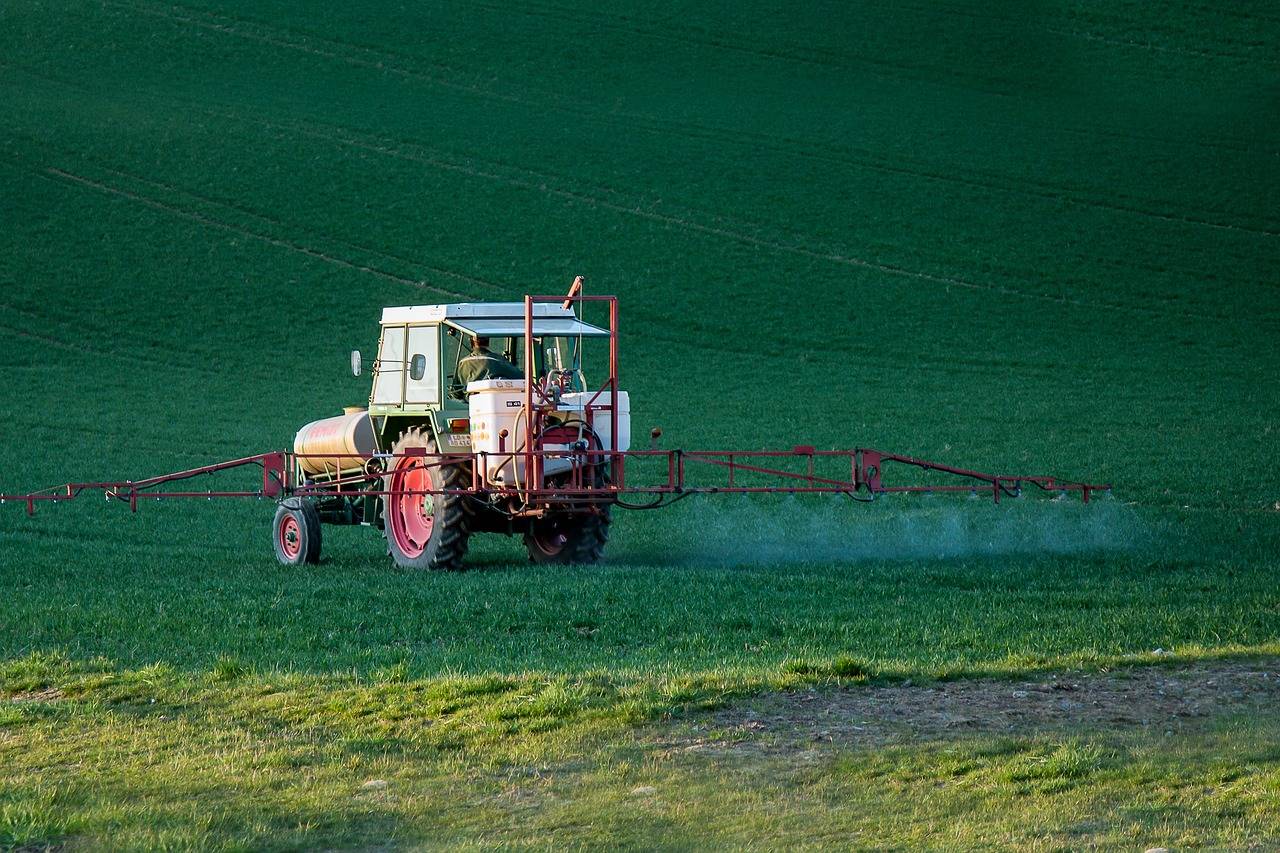BLM News Release
WASHINGTON, D.C. — The Bureau of Land Management is approving seven herbicide active ingredients to control noxious weeds and invasive species on public lands. The decision will publish in tomorrow’s Federal Register, and BLM field and district offices can now begin considering the use of these tools in efforts to control and eradicate noxious weeds and invasive plant species on the public lands they manage.
“One of BLM’s highest priorities is to promote ecosystem health, and one of the greatest obstacles to achieving this goal is the rapid expansion of noxious and invasive weeds. Invasive annual grasses like Cheatgrass and Ventenata accelerate wildfire risk and outcompete the native plants essential to maintaining healthy lands and waters. They are one of the greatest threats to important wildlife habitat for sage-grouse and mule deer,” said Sharif Branham, BLM Assistant Director for Resources and Planning. “BLM applies an integrated approach to vegetation management that includes science-informed and appropriate use of herbicides to manage weeds across public lands.”
The seven approved herbicides are Aminocyclopyrachlor, Clethodim, Fluazifop-P-butyl, Flumioxazin, Imazamox, Indaziflam, and Oryzalin. These herbicides have been approved by the U.S Environmental Protection Agency for treatment of weeds in rangelands and forests by all state and federal agencies subject to location-specific laws or regulations. The BLM adopted assessments by the U.S. Department of Agriculture Forest Service completed Human Health and Ecological Risk Assessments considering their use on public lands.
BLM manages 245 million acres of public lands primarily in the western United States, including Alaska. Approximately one third of these lands, or 79 million acres, are impacted by noxious and invasive weeds such as cheat grass, leafy spurge, and aquatic weeds like giant salvinia. If not eradicated or controlled, these plants will continue to jeopardize the health of public lands, waters, and wildlife – including mule deer and Greater sage-grouse where cheatgrass and related natural fire regime changes pose a substantial threat to habitat – in addition to constraining many other uses.
Invasive plant communities can become immune to herbicide active ingredients over time, so BLM and partners often use new active ingredients to overcome such resistance. Several ingredients developed and registered during the past several years provide more effective and efficient management. These approved herbicides are now available for use on public lands after BLM field offices complete local National Environmental Policy Act analyses and authorizations.
For more information, please visit the BLM National NEPA Register.

